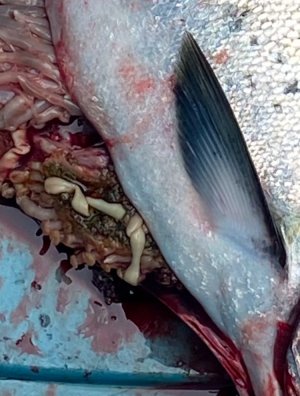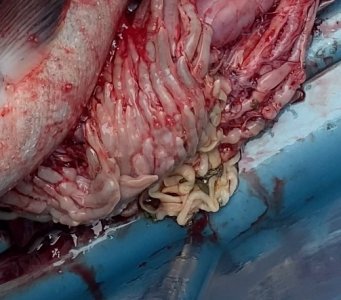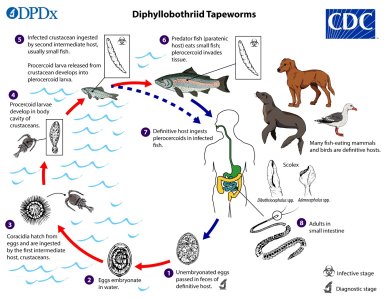Poppa Reelie
Well-Known Member
Fishing up Island past couple weekends and came across a few spring salmon with tape worms. Last time I saw this was 5 years ago near telegraph cove. These fish were caught off sutil and back of hope island. I have only seen this 4x now in all my fishing experience, and all north island fish… curious if this is from Fish farm alley? The gauntlet of fish farms plugged into all the bays and inlets up here? I know it can be a normal occurrence but what’s others people opinion?



